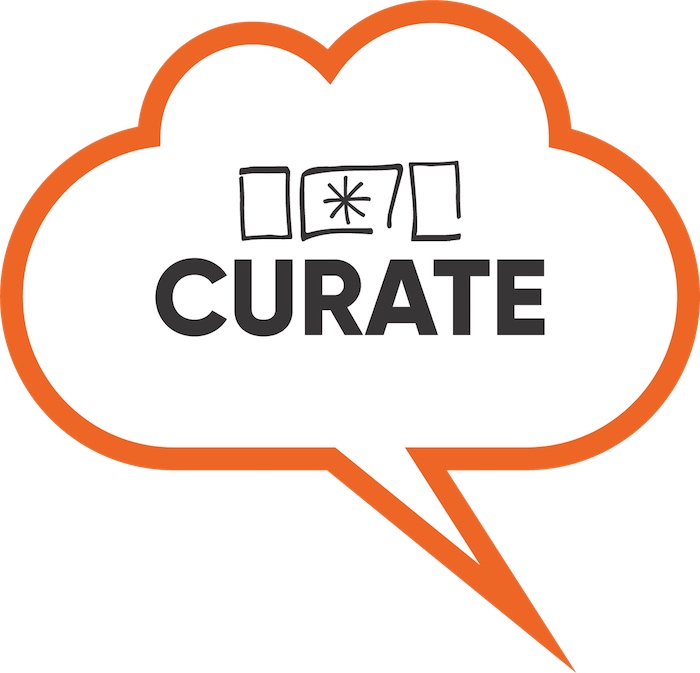Inside: Choosing an artwork for art lessons can seem impossible. Whether for art appreciation, art history, or classroom art discussion, the possibilities are endless. This 4 ingredient secret recipe will ensure your art lessons are engaging every time.

Choosing an Artwork for Art Lessons
When picking an artwork to share with students, it’s easy to get bogged down in choices. Should the artwork be tied to a project? Should it be a famous masterpiece or something new from a contemporary artist?
The stakes feel high. You want the lesson to go well, for the students to have a lot to say and truly connect with the work of art. But they all have different tastes, interests, and attention spans. How do you capture 25 third graders or a bunch of screen-loving teens?
Easy. All the need are the 4 Cs of artwork selection: Captivating, Communicative, Complex, and Connected.

Captivating
For captivating art for students, you want an artwork that will elicit an immediate emotional response in your students. If they immediately go, “Ooh!”, or “Woah!”, or “What’s that? What’s going on here?”, the classroom art discussion will flow easily. So, if you get excited and curious when you’re looking at an artwork, chances are it’s a great pick to show your students.
Communicative
The second C is communicative. Does the artwork tell a story or send a message? If so, you’re on the right track. Narrative artworks are great for classroom art discussions because they offer an easy entry point of entry to talk about what is happening in the piece. All of the potential stories the students come up with make for a fun back and forth!
Complex
Next, you want to make sure the artwork is complex. Captivating and communicative are important, but the discussion will die pretty quickly if everyone comes up with the same interpretation. If a work of art brings a variety of emotions, stories, and topics to mind, it’s going to be a better choice to show your students.
Connected
Lastly, you want the artwork to be connected. Is it relevant to the student? Can they find a personal connection to it? Art means more when it represents us or when we can find ways to practice self-reflection and connect to cultures. Last year, Jennifer, a member of our Curated Connections Library, used one of our artwork lessons featuring art from a Lebanese artist. One of her students wrote a note at the top of the assignment that said, “Woo Arab Representation!” Choosing artworks that matter to our students is so, so important.
Artwork Selection for Art Teachers
Not all artworks will have the four Cs, but when you’re starting out, aim for art that includes all of them to build confidence in both you and your students.
Try it yourself! Consider these two works by Franz Marc through the lens of the four Cs. Which one would you choose to show your students?

Blue Horses is colorful and has several interesting uses of line. While it may captivate students for a bit, but there’s not a complex story being shared, and many students may struggle to find connection with a painting of horses.
The Fate of the Animals is an excellent choice for art classrooms. The movement and colors are deep and emotional. The narrative interpretations are expansive and can lead students in several directions. I’ve personally had classroom conversations about topics like nature, animal rights, climate change, and more based on this artwork. Wherever this artwork leads your students, there are plenty of relevant connections to be made.
If you’re looking for more artworks for art lessons that are captivating, communicative, complex, and connected, check out The Ultimate Collection of Artworks to Show Students.

Free Poster
What Do Kids Learn from Looking at Art Poster
Our students learn so much from looking at art. Use this poster in your classroom to remind them of all the skills they’re growing!





Leave a Comment